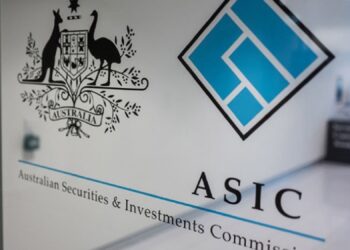Australians are saving less now than during any other point in nearly a decade and need to take the reins on sorting their savings and finances to risk slipping further, according to Finder.com.au.
Data from the comparison website found the average Australian was saving $409 a month, the lowest since 2008, which represented just 5.6 per cent of income.
Finder money expert, Bessie Hassan said Australians needed to become better equipped on their knowledge of the different account offerings in the face of low interest rates.
“As returns for Aussies savers get less attractive, it’s becoming more important than ever to do your homework,” she said.
“It’s important to know which product will suit you most.”
Hassan said the launch of the ‘Interest Cruncher’ tool from Finder.com.au would calculate whether savings or term deposits would pay the most interest on a given balance, which could help consumers make a decision.
“Eight years on and there’s been a gradual decline in the rate of saving which may be attributed to a number of factors such as the rising cost of living, or simply rock bottom interest rates,” she said.
“When tossing up between a savings or a term deposit account, the calculator helps users determine which account will provide the most interest.”





